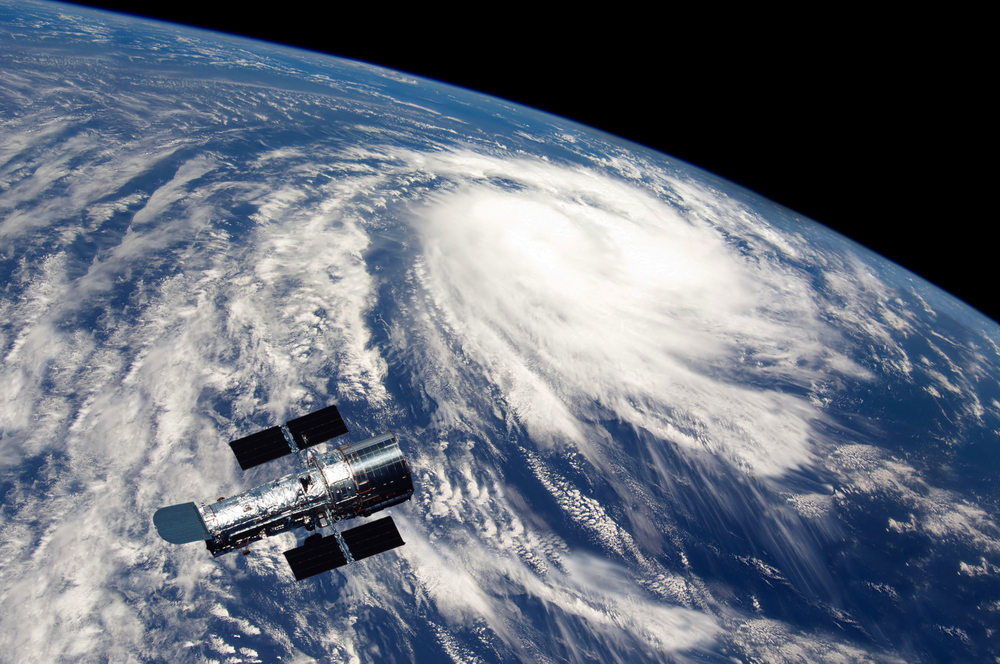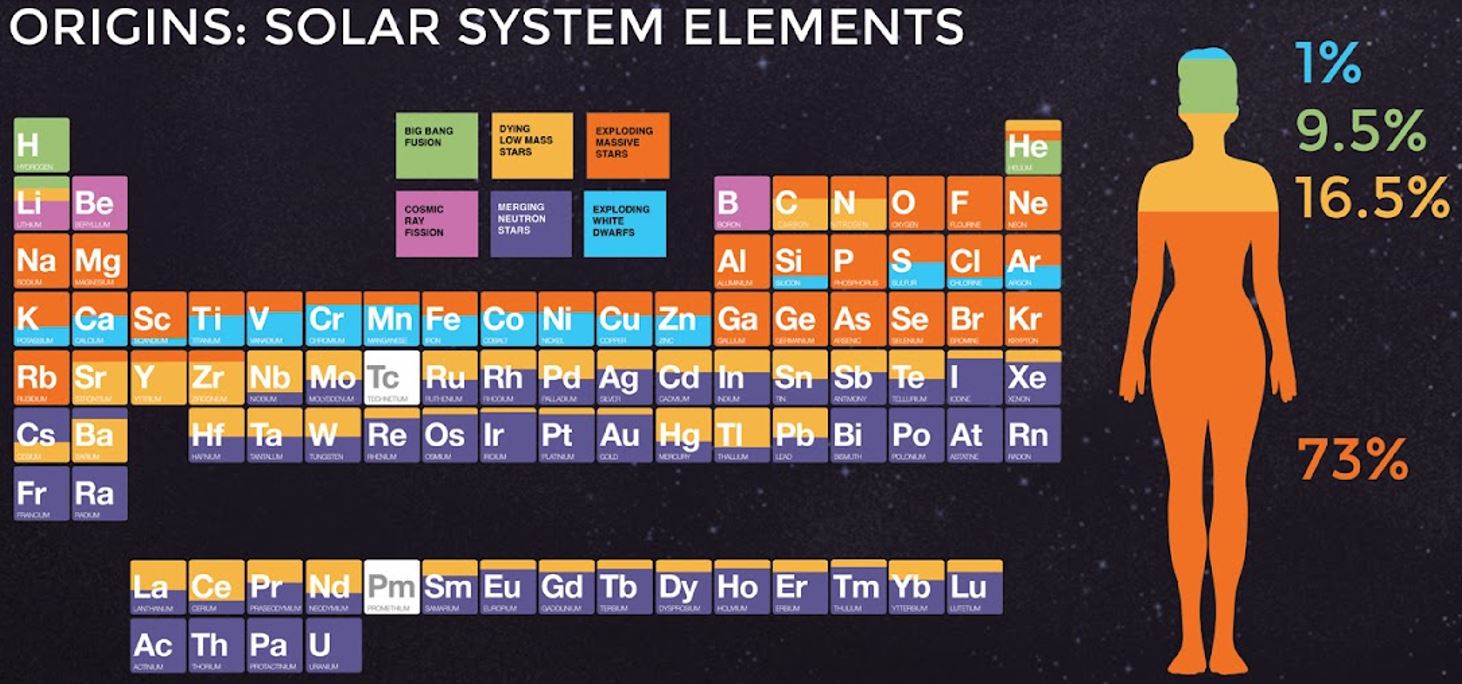An Old Satellite Gets a New Lease on Life

What’s the Latest?
The ISEE-3 Reboot Project, a crowdfunded group operating out of the Arecibo Observatory in Puerto Rico, has established communication with a NASA satellite out of commission for 17 years.
The satellite is the International Solar-Environment Explorer (ISEE-3). It was launched by NASA in 1978 and its initial purpose was to fly close to the sun to collect solar measurements. It was later repurposed to study comets and even intercepted Giacobini-Zinner in 1985 before chasing Halley in 1986. Although it was set on course to return close to Earth by 2014, NASA ceased contact with ISEE-3 in 1997.
Here’s a video of team members at the time of first command:
What’s the Big Idea?
The money crowdsourced by the ISEE-3 Reboot Project went toward recreating the necessary software to communicate with the satellite. NASA made advisers available to the team, which also received assistance from the Bochum Observatory in Germany. NASA has granted the team permission to command the satellite until June 25.
Although the satellite has survived its long journey through space, its batteries have long since dried up and it relies solely on solar energy. This means the mission is a fragile one and accomplishing the Project’s goal (to put the satellite back to work) depends on a very risky maneuver. From The Economist:
“The team must fire its rockets by mid-June to reposition ISEE-3. The next big challenge will come when the satellite swings around the moon onto its shadowed side and is cut off from the sun. The craft will power down for the first time in many years, and the team hopes when it sees it again, it will wake up and resume communications. It has lasted this long, and the group hopes for many more years to come.”
Read more at The Economist
Check out the official ISEE-3 site
Photo credit: lexaarts/Shutterstock





